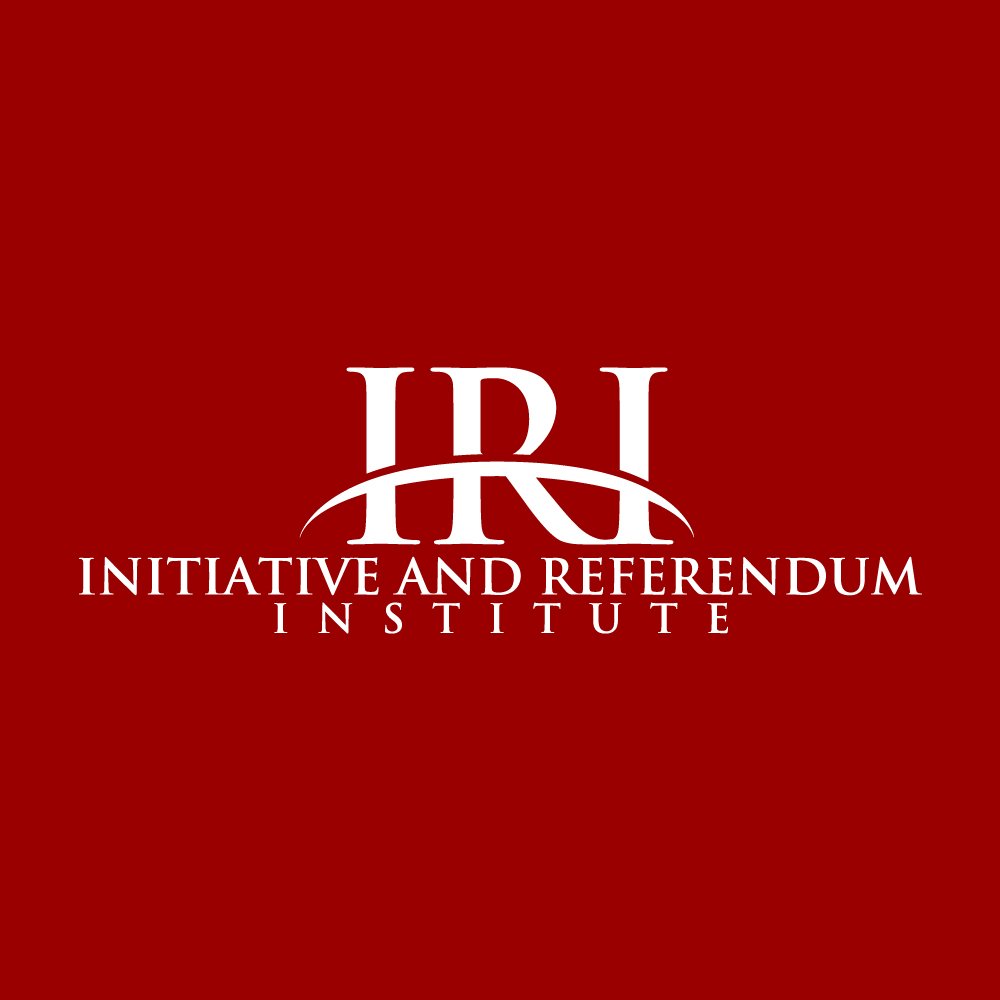
DIRECT DEMOCRACY RESEARCh
-
Direct Democracy Backsliding? Quantifying the Prevalence and Investigating Causes 1960-2022
Direct democracy backsliding occurs when a state alters its laws to hinder the use of initiatives and referendums. This study quantifies the prevalence of direct democracy backsliding over the period 1960-2022, and investigates its causes. I find a continuous chipping away at direct democracy throughout the period; legislatures proposed 2.3 amendments restricting direct democracy every two-year electoral cycle on average, and there were four amendments restricting direct democracy for one expanding it. Contrary to media speculation, the amount of such activity is not unusually high recently.
-
Ballot Initiatives: Empowering People or Derailing Democracy?
A Cato policy forum featuring David S. Broder, M. Dane Waters, and William A. Niskanen In his book Democracy Derailed: Initiative Campaigns and the Power of Money, David Broder argues that America's Founders preferred a system of checks and balances to direct democracy. Ballot initiatives arose late in the 1800s as grassroots efforts to fight government corruption and big business influence yet today are vehicles for special interests. But are initiatives in fact a way to fight big government, a cry for help by majorities that find their freedoms restricted?
-
Are There Winners and Losers? Race, Ethnicity, and California's Initiative Process
Assess whether whites have dominated the California initiative process at the expense of Latinos, Asian Americans, and African Americans. They find that over the last 20 years, members of these minority groups have had roughly the same probability as whites of voting on the winning side of an initiative – which, given the higher participation rate of whites, is a remarkable finding.
-
A Brief Analysis of Voter Behavior Regarding Tax Initiatives from 1978 to 1999
Examines tax initiatives from 1978 to 1999 to develop a blueprint of citizen behavior in these types of initiatives. The evidence shows that when tax measures pass it’s usually the result of long-term dissatisfaction with current tax policy that elected officials have failed to address. Most importantly, this paper concludes that the record shows that the most important fiscal policy that voters seek is stability – stability in tax rates, stability in the level of tax increases, stability in the overall tax structure.
-
Ballot Initiatives, Voter Interest, and Turnout
While existing research has challenged the notion that direct legislation attracts additional citizens to the polls, the research designs employed have not been rigorous enough to establish confidence in the findings. This study provides more systematic evidence on the relationship between direct legislation and turnout. The author concludes that having direct legislation on the ballot boosts turnout by around 3% - enough to swing a close election.
-
Budget Referendums and Government Spending: Evidence from Swiss Cantons
Many Swiss cantons (roughly equivalent to U.S. states) require voter approval via referendum before new spending projects can go into effect. In this study, we compare the spending behavior of cantons with and without such requirements, and find that spending is at least 17 percent less on average in those cantons with spending requirements. Representatives left to themselves tend to overspend, and referendums and initiatives are an effective constraint on overspending.
FACT SHEETS AND OTHER HELPFUL INFORMATION
-
-
-
-
-
-
A national poll conducted by Citizen in Charge Foundation.
In 26 states, citizens can sign a petition to put laws or constitutional amendments on the ballot to be decided by the voters at a statewide election. This process is known as initiative and referendum. Would you favor or oppose the initiative and referendum process in your state?”
-
-
Information on if direct democracy is possible. The Legal Landscape Database describes direct democracy provisions in American cities in 2005. The database includes the 1,000 largest cities in the country as well as the ten largest cities in every state. Data items include city name, FIPS code, population, and initiative status.
-
This database provides detailed information on 86 local sales tax referendums for transportation purposes in California, including ballot information, election results, tax amount and duration, estimated revenue, project description, supporters and opponents. A second worksheet provides links to the text of the measures. Collected by UCLA Institute of Transportation Studies.
THE INSTITUTE TAKES NO POSITION ON THE CONTENT OF THE STUDIES LISTED AND IS PROVIDING THEM FOR EDUCATIONAL PURPOSES ONLY. IF YOU HAVE A STUDY OR KNOW OF A STUDY THAT SHOULD BE LISTED PLEASE CONTACT THE INSTITUTE.
IN ADDITION TO THE STUDIES ACTUALLY LISTED ON THIS PAGE, PLEASE CHECK OUT THE BIBLIOGRAPHY OF LAW REVIEW AND POLITICAL SCIENCE ARTICLES ON INITIATIVES AND DIRECT DEMOCRACY THAT WAS PREPARED BY ROSANNE KRIKORIAN OF THE UNIVERSITY OF SOUTHERN CALIFORNIA LAW LIBRARY.
